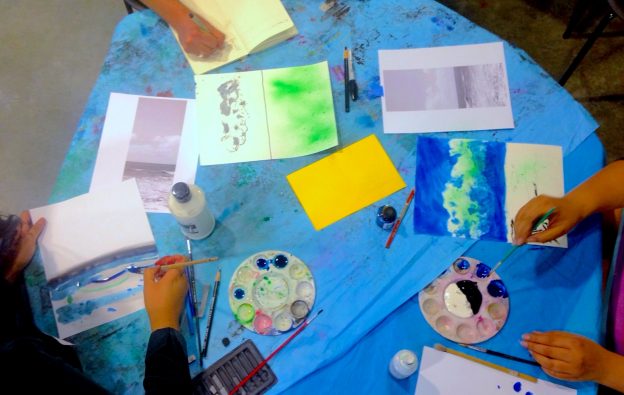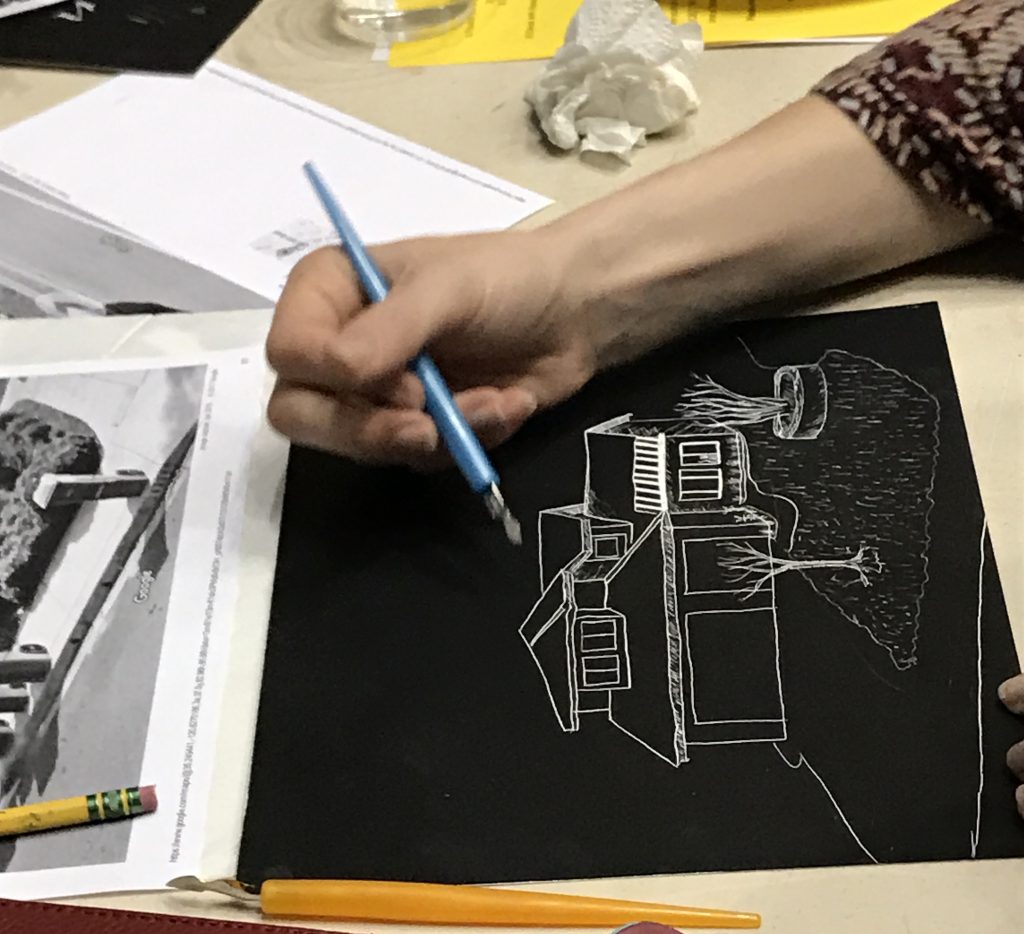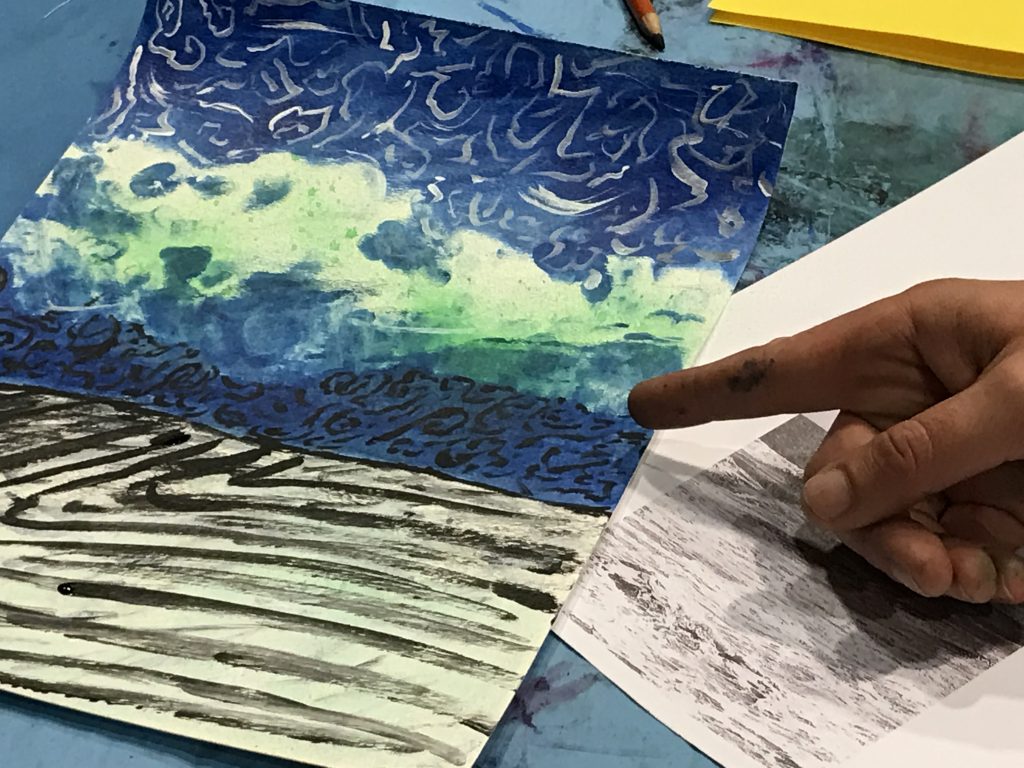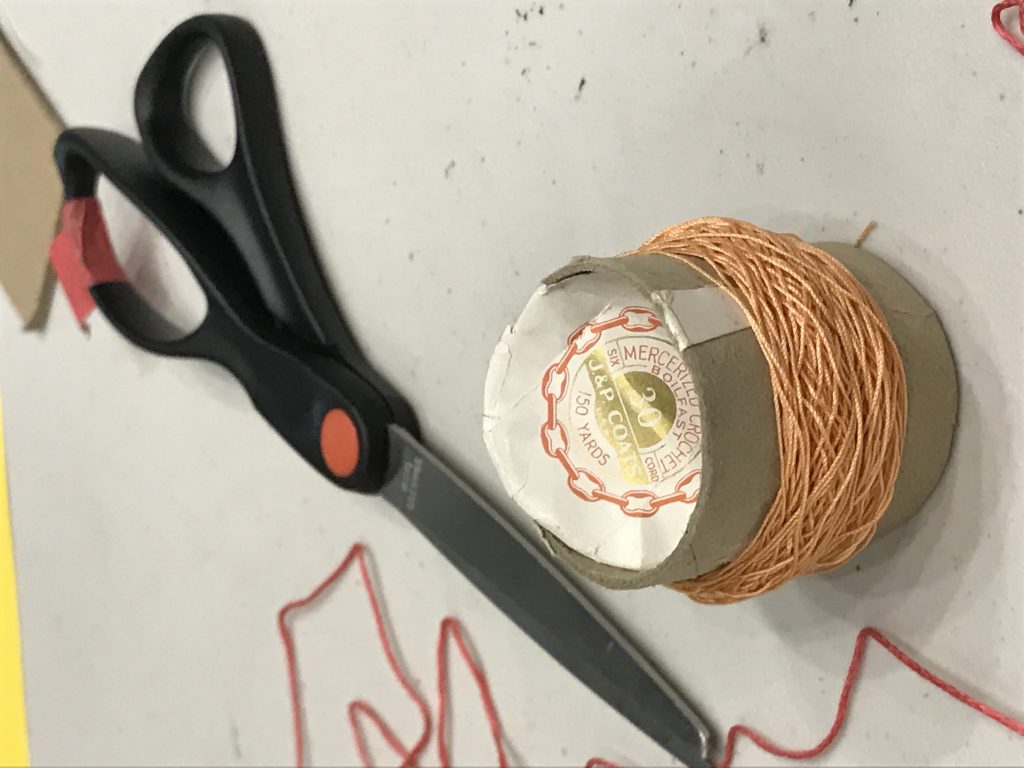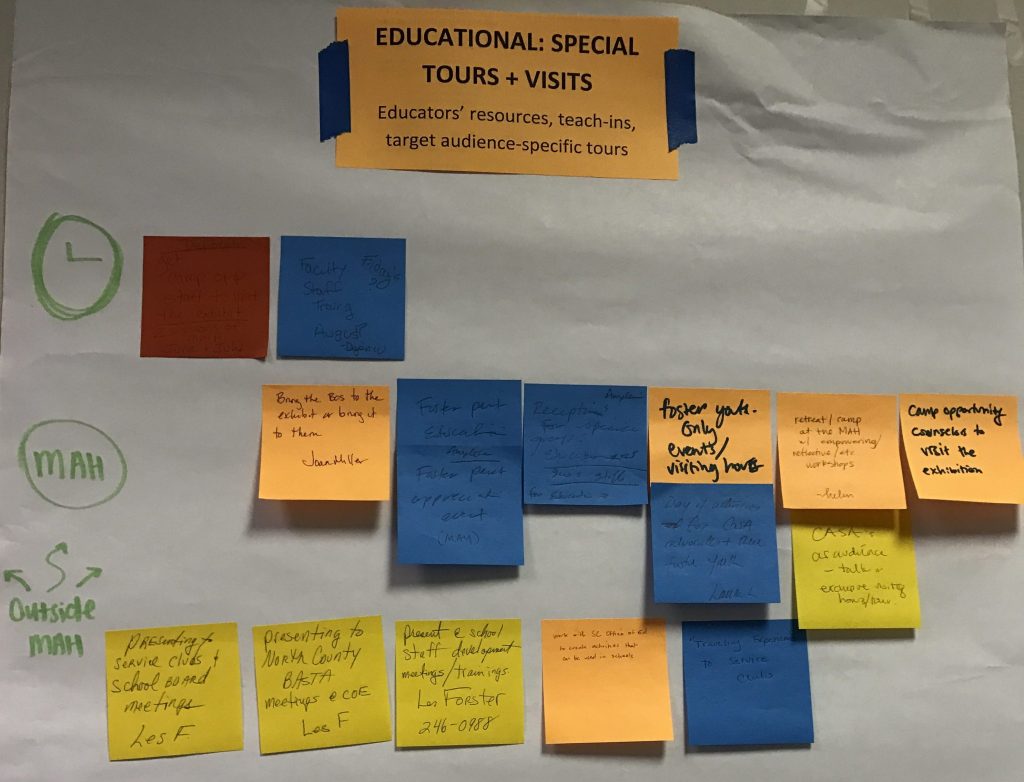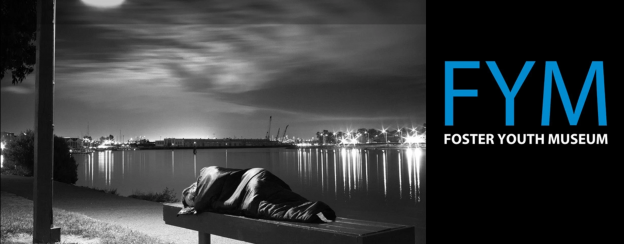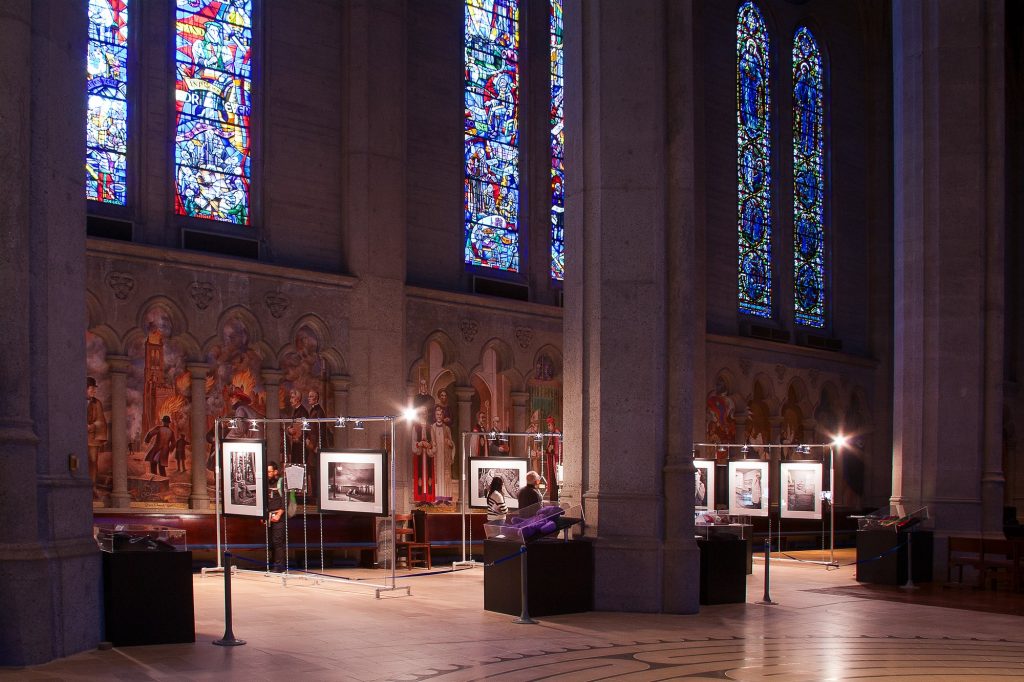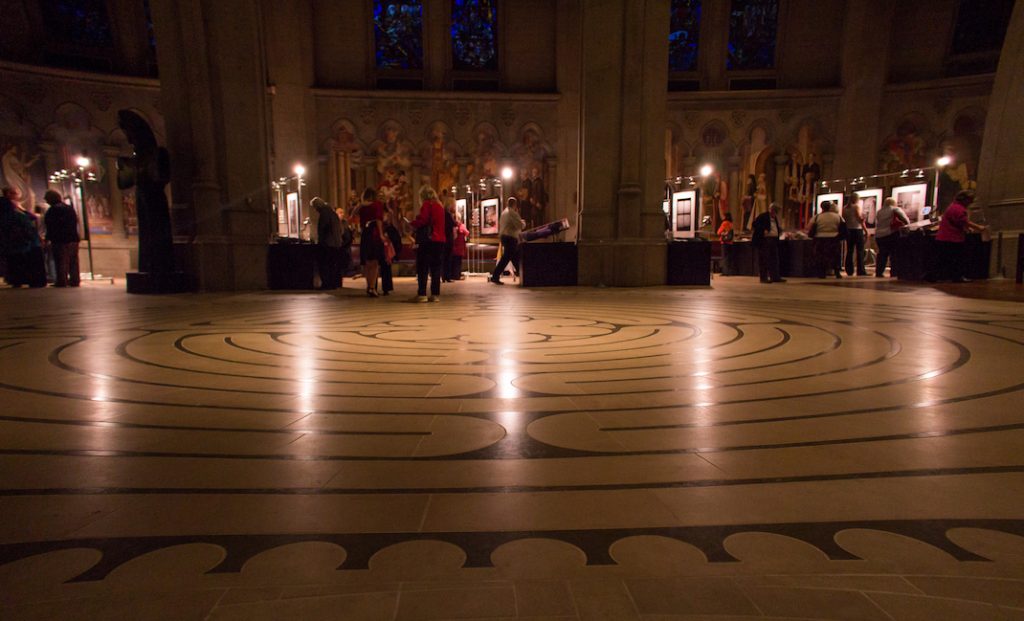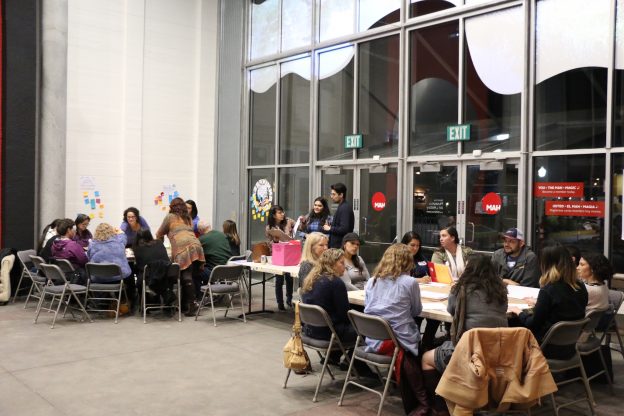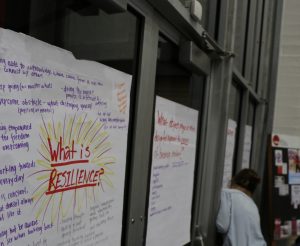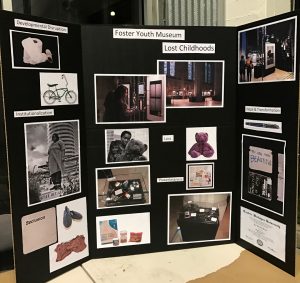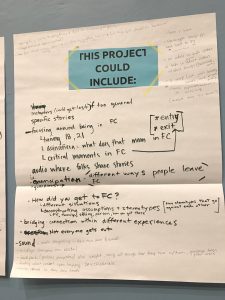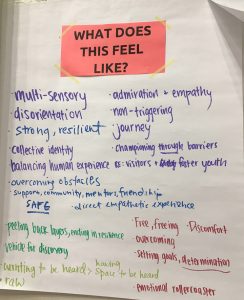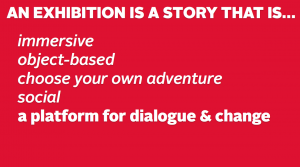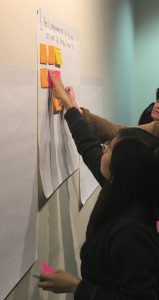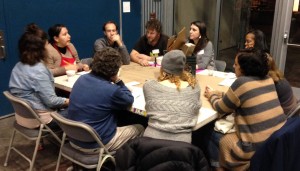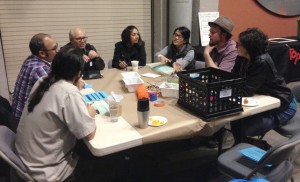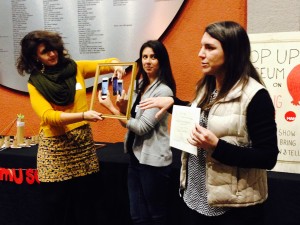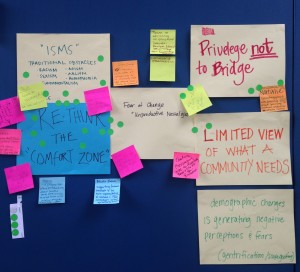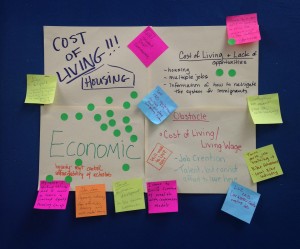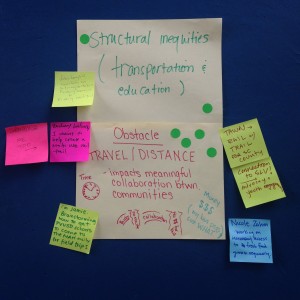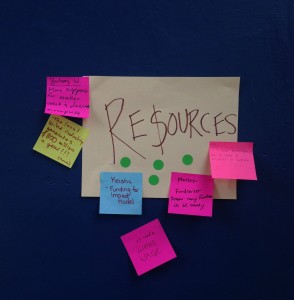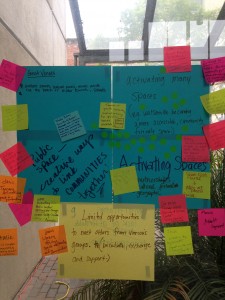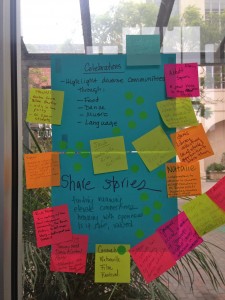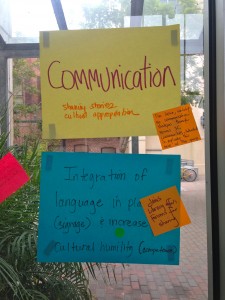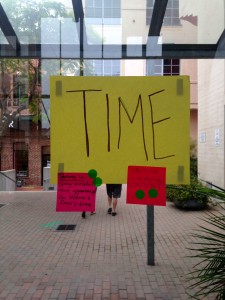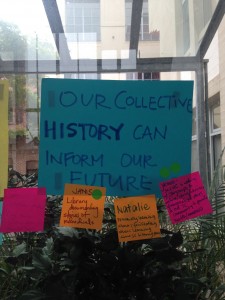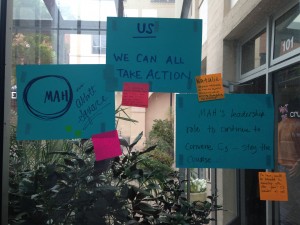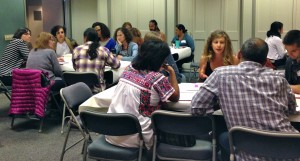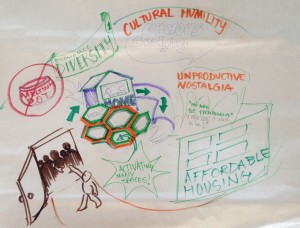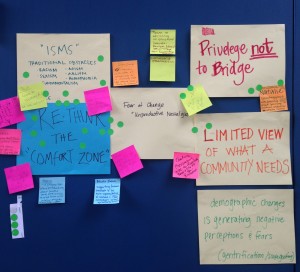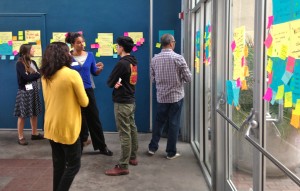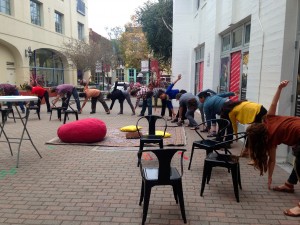Summary of C3: Meeting 5, Tuesday May 9th, 6pm-8pm
Written By: C3 Intern, Karen Mestizo
At our last meeting, C3ers walked into the MAH bringing their positive vibes with them. Uproaring this energy, Miguel and Kate from California Youth Connection (CYC), did the honors of leading an icebreaker of Extreme Rock, Paper, Scissors. As pairs first started to battled each other for the win, those who won paired up and faced off against each other while their previous opponents became their cheerleaders. In the end, we all joined as one team to cheer on the last victor! After getting everyone excited and riled up, we headed off to the conference room to catch up on the process of the exhibition.
Once everyone was up to date, our lovely Community Engagement Director and Dialogue Catalyst, Stacey Garcia and Lauren Beneuta, introduced more ways members could get involved after this last C3 meeting. You can dive into taking on some of the listed opportunities here. This will include two internships, one which, after collecting feedback from C3 youth group, will include a Youth Program at the Museum.
Before jumping into the nights fun filled activities, artist, Bridget Henry, gave us a sneak peak of the animation process around the project of: bringing to life the experiences of transition age foster youth, while also sparking empathy. The mind blowing creativity and emotional effects of houses sketched out by youth were brought to life. Soon after, we broke out into groups and got creative!
Advocates got imaginative in a collaborative workshop where they began event planning for the exhibition programs. Some common themes for events included film screenings, lightning talks, pop up museums, and having space to discuss pathways to ending youth homelessness.
Artist, Melody Overstreet, provided the chance for youth to write messages on strips of kitakata paper. It is a space for youth to write how they felt and a space that holds hope for the work and voices of youth. The papers will then be individually rolled up and woven into a larger tapestry, embedded between the layers of visible text.
Other last minute touches added to Artist Elliot Taylor’s piece, the Resiliency Zone, was youth art expression on rocks. The rocks are a metaphor for what resiliency can feel like. Over time, winds grind down the hard surfaces of rocks. Despite this, the solid mineral material holds up and in fact, the winds create a smoother texture. By having youth expression through these smaller art details, an authentic presence of youth will be projected.
In addition to the Resiliency Zone, journals will be added to create a space for visitors to reflect on the exhibitions heavy content. These will offer visitors a first hand experience of anonymous perspectives of youth feelings. C3ers decorated and wrote in journals in respect to their own experiences. Youth were also encouraged to take the composition books home to do some free journaling and return them by the members reception on July 6th. Some topics included:
- What Resiliency Feels Like
- My Story
- After I Turn 18
- Growing Up Fast
While this was our last meeting, the exhibition process is not over. There are more opportunities people can take advantage of in the link above. Despite this being our last time meeting as a whole group, we wanted to thank everyone for their efforts and participation as we celebrated some savory cupcakes. Thank you C3ers!

